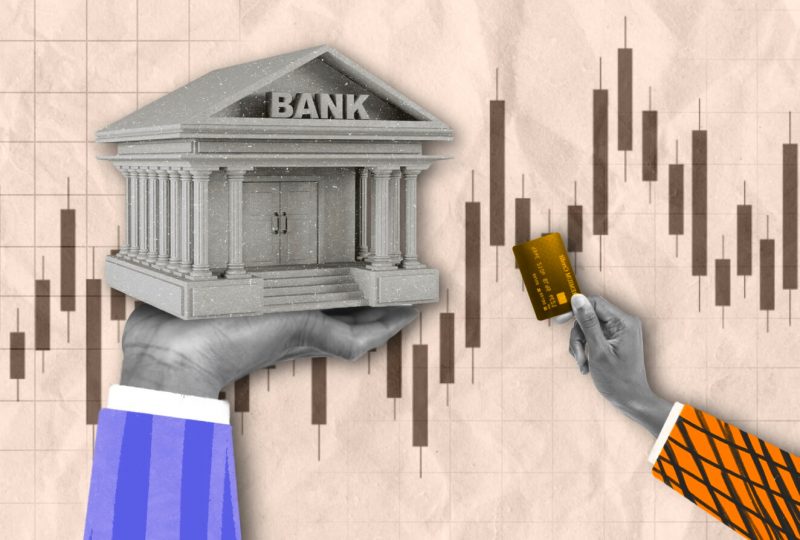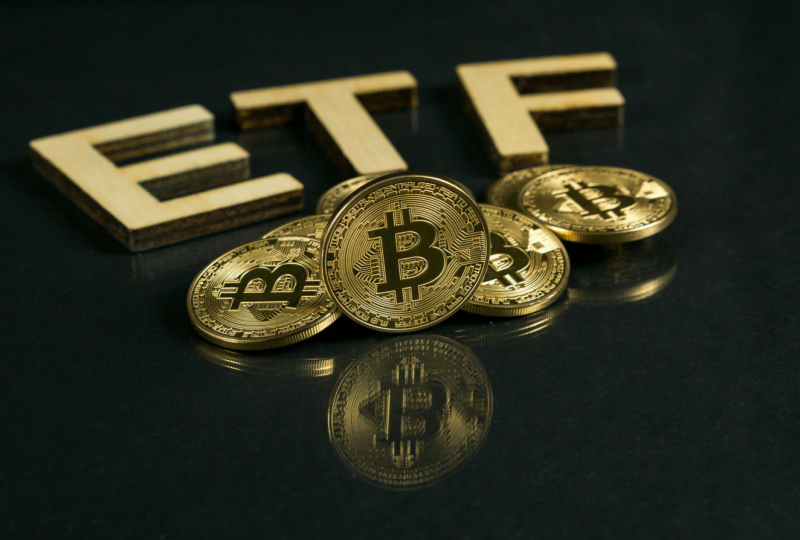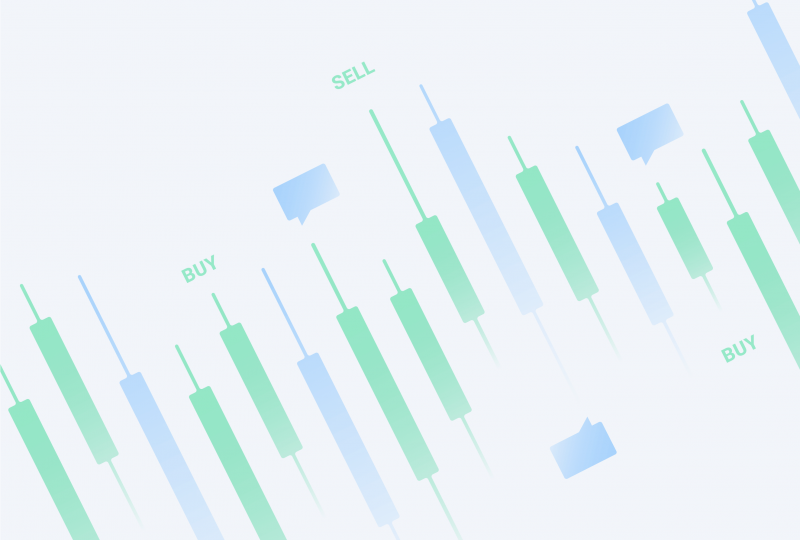Top Bank Stocks to Buy as Bank Stocks Are Beaten Up.
Apr 03, 2023

Top bank stocks have been battered so badly this year that they are suddenly beginning to seem appealing.
The sector finished the week in positive territory, which is promising given that the KBW Nasdaq Bank index (BKX) and SPDR S&P Regional Banking ETF (KRE) had experienced their worst quarters since 2020, when the market was dealing with the early stages of the coronavirus epidemic.
Banks now confront a new set of challenges. Because of the recent quick spike in interest rates, banks’ bond holdings are sitting on billions of dollars in unrealized losses. Most banks will only incur theoretical losses, but as Silicon Valley Bank and Signature Bank discovered this month, theoretical losses can become actual losses if depositors rush to withdraw their assets all at once.
Wall Street is adopting a more nuanced picture of the banking sector three weeks after SVB and Signature failed. According to analysts, those banks were driven down by a unique mix of conditions involving their deposit base and balance-sheet vulnerabilities.
“Silicon Valley Bank (SVB) was an oncoming train wreck hiding in plain sight. It faced a fairly unique combination of issues that were exacerbated by today’s similarly unique market environment,” write Ty Cobb and Kim Mayer of GMO, an asset management firm.
While no one predicts an easy period for the industry, many on Wall Street are beginning to believe that the difficulties of a few institutions are being unfairly blamed on many. As a result, the industry appears inexpensive by most criteria. According to Gerard Cassidy, an analyst at RBC Capital Markets, the top bank stocks in amount of 20 are selling at book value, or 1.4 times tangible book value, compared to peak levels of 1.6 times book value, or 2.2 times tangible book value.
“We believe today’s valuation levels make the group attractive both on an absolute and relative basis. Investors who believe that the economy won’t enter a deep recession should look to own bank stocks, in our view,” Gerard Cassidy, analyst at RBC Capital Markets, wrote.
Owning bank stocks will necessitate paying attention to many data points at the same time, especially when comparing year-over-year vs. quarter-over-quarter comparisons.
For example, the start of the Federal Reserve’s rate-hiking cycle was initially beneficial to banks, which were able to charge higher interest rates on loans but were not yet under pressure to pay more to depositors. As a result, Cassidy anticipates a 6.4% year-over-year gain in profits per share for the first quarter of 2023, compared to a 5.3% fall in the fourth quarter of 2022. Similarly, Cassidy anticipates that net interest income would rise 34% year over year but fall 2.2% quarter over quarter.
According to Cassidy, the net interest margin (NIM), which is the difference between the rate banks receive on loans and the interest they pay to borrow, would likely decline quarter after quarter. Nonetheless, he expects NIM to rise within six months of the Fed ceasing rate hikes since banks would no longer be forced to pay more for deposits.
With top bank stocks hanging near bear market territory, it might be an appealing opportunity to purchase. Yet, if investors want additional proof, banks will start reporting first-quarter earnings on April 14.




